What is the Difference between UVA and UVB Rays? Sun Safety Tips
UV radiation is made up of UVA, UVB, and UVC. These rays influence your skin and health in various ways. What is the difference between UVA and UVB rays? Can you distinguish them? Take a closer look at the key differences and learn what you can do to limit the UV damage in this post.
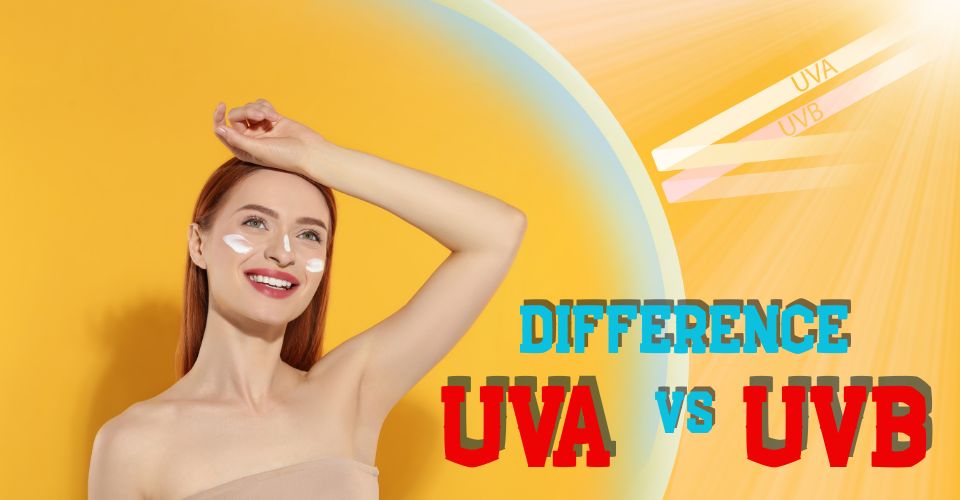
What is the difference between UVA and UVB rays
What is UV Radiation?
UV radiation is an electromagnetic energy. We often know UV rays from the sun. However, it can come from other artificial sources such as lasers, black lights, germicidal lamps, tanning beds,...
UV radiation region ranges from 100 - 400 nm and is divided into 3 rays:
-
UVA: longest wavelength (315-400 nm)
-
UVB: medium wavelength (280-315 nm)
-
UVC: shortest wavelength (100-280 nm)
Each of the 3 UV rays will reach your skin at different distances and cause a different impact.
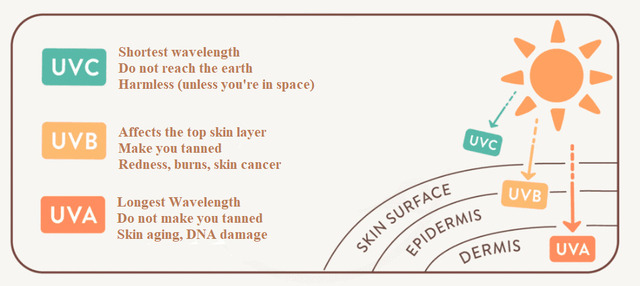
3 compositions of UV rays
In fact, UVC has the highest energy level and leads to the most heavy damage to our health.
However, UVC rays are filtered out by the atmosphere. Thus, UVB and UVA are still common UV rays we are exposed to.
Difference between UVA and UVB Rays
UV rays are not the same. That’s why it’s essential to understand the difference between UVA and UVB rays, their effects on the skin.
Here’s a quick comparison of 2 types of UV rays.
|
UVA |
UVB |
|
|
Energy level |
Lowest |
Medium |
|
Skin cells affected |
Inner cells in the top layer of skin including dermis |
Cells in the top layer of skin |
|
Short term effects |
Immediate tanning Sunburn |
Delayed tanning Sunburn Blistering |
|
Long term effects |
Premature aging Wrinkles Skin cancer |
Skin cancer Can cause premature aging |
|
Source |
Sunlight Tanning beds |
Sunlight Tanning beds |
|
Percentage of the sun UV rays |
About 95% |
About 5% |
What is a UVA ray?
Definition
UVA radiation has the longest wavelength among the 3 UV rays and accounts for 95% of all UV rays that reach the Earth's surface.
UVA reaches our dermis so deeply and can penetrate through glass.
Health impacts
UVA rays harm your skin, causing a tan. It causes practically every type of skin aging, including wrinkles. UVA destroys collagen and elastin in the skin while also producing free radicals.
Recent research demonstrates that it doesn't end there.
"UVA combines with UVB to cause more serious problems, such as skin cancer," says Saira George, M.D., a dermatologist at MD Anderson Cancer Center.
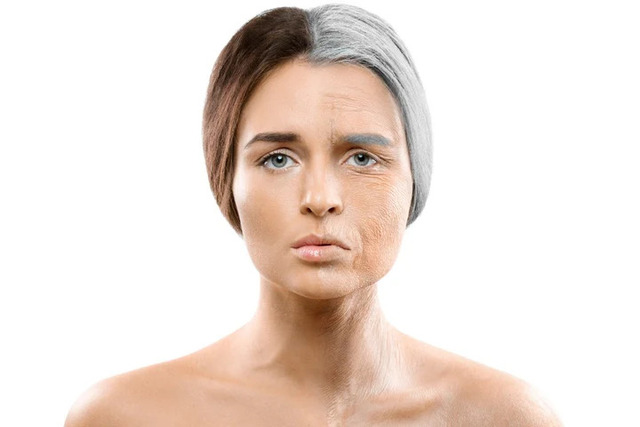
UVA rays can cause premature aging if you do not take any precautions
What is a UVB ray?
Definition
UVB has the second shortest wavelength among UV rays and is primarily responsible for causing sunburn.
While the ozone layer absorbs most of it, roughly 5% still penetrates the atmosphere and reaches the Earth's surface.
Health impacts
UVB radiation harms skin cells and can trigger DNA mutations, increasing the risk of melanoma and other skin cancers, such as skin blistering, skin cancer.
It can also contribute to the development of cataracts because UVB causes proteins in the eye’s lens to clump together and form cloudy areas that impair vision.
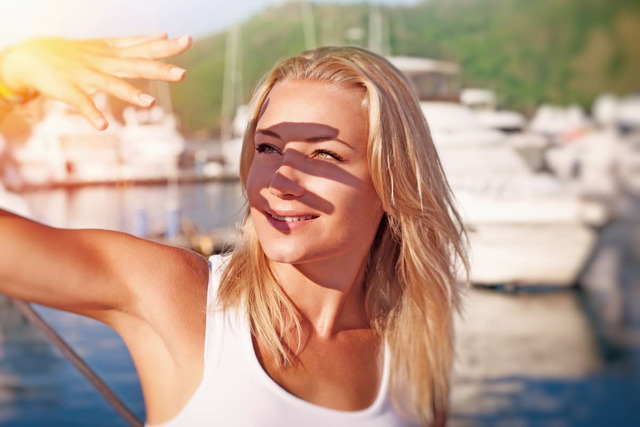
The UVB rays can cause cataracts
Benefits of UVA and UVB Rays
While UVA and UVB rays can be harmful in excess, they also offer certain health benefits.
UVB rays help the body produce vitamin D3, which is essential for healthy bones and muscles.
Both UVA and UVB rays are used in phototherapy—a medical treatment that uses controlled UV exposure to manage conditions such as:
-
Rickets: A childhood disease caused by vitamin D deficiency, leading to soft or weak bones.
-
Psoriasis and eczema: Chronic skin disorders marked by inflammation, itching, or scaling.
-
Vitiligo: A condition where the skin loses pigment in certain areas.
Phototherapy may also help relieve pain and treat localized scleroderma (Morphea)—a rare disorder that causes thick, discolored patches on the skin.
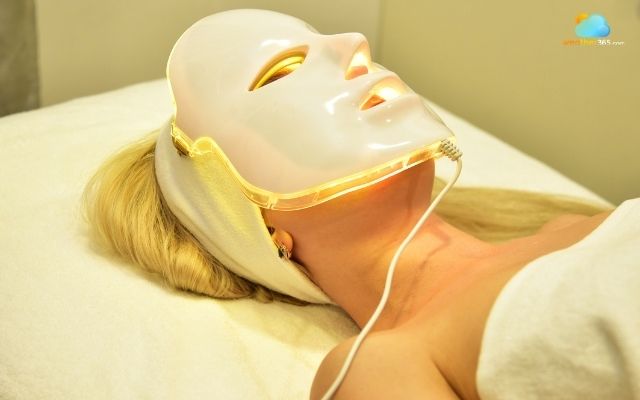
Phototherapy for skin conditions
How to Protect Yourself from UV Rays?
Remember that: UVA and UVB rays are great if you are exposed to them at the smallest doses.
Also, you need to take preventive measures to limit the sun damage.
-
If you need to be outdoors, apply a broad-spectrum sunscreen with SPF 30 or higher. Choose one that’s water-resistant and offers protection against both UVA and UVB rays. Apply it 30 minutes before sun exposure, and reapply every two hours or more often if you're swimming or sweating.
-
Don't rely on sunscreen alone. Protective clothing provides dependable coverage, especially for areas where sunscreen might miss. A sun-protective shirt can be a valuable addition to your routine.
-
Complete your sun safety with a wide-brimmed hat to shield your head, face, and neck, and wear UV-blocking sunglasses to safeguard your eyes.
-
Seek shade or try to stay out of the sun from 10 am to 4 pm when UVB is the strongest.
-
Skip the tanning beds

How to protect yourself from UV rays
Conclusion
You have got the difference between UVA and UVB rays. Both of them may damage your skin and health if you do not take any preventive measures. Keeping in mind several simple safety tips, Weather365 shared with you to protect yourself and your loved ones.
Frequently Asked Questions (FAQs)
◎ UVB is more mutagenic (direct DNA damage) and more likely to cause sunburn and skin cancer.
◎ UVA is more abundant, causes long-term skin aging, and can indirectly damage DNA via free radicals.

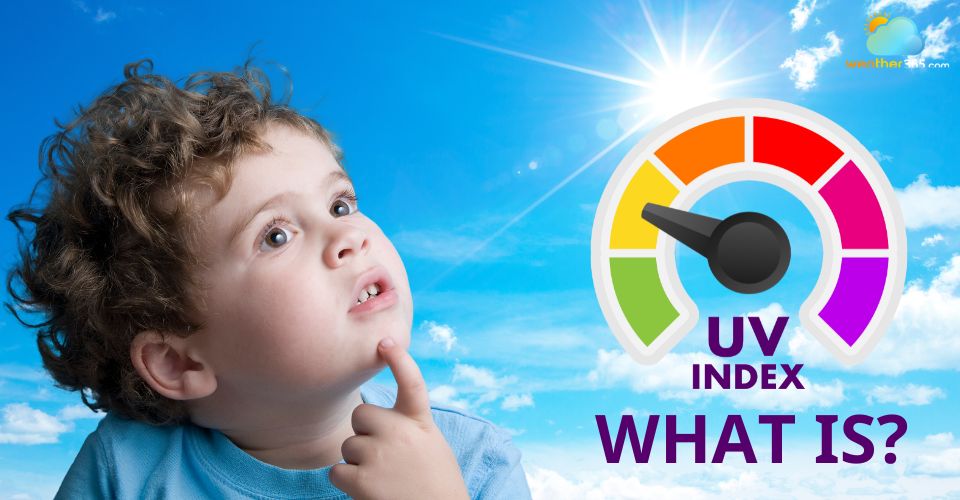
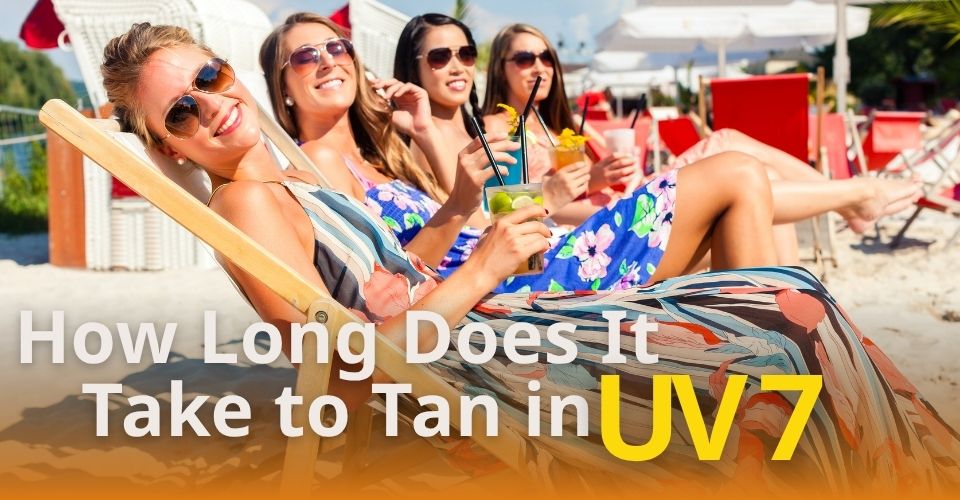
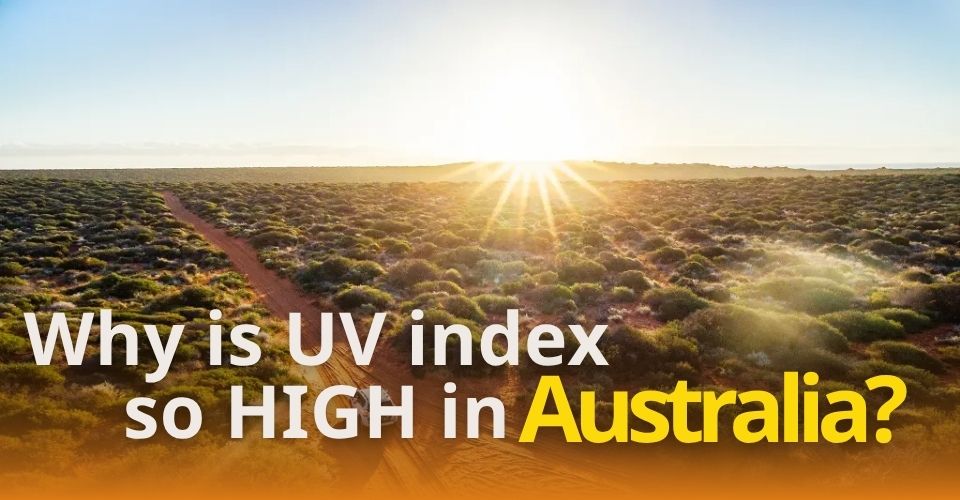
0 Comment
Leave a comment
Your email address will not be published. Required fields are marked *